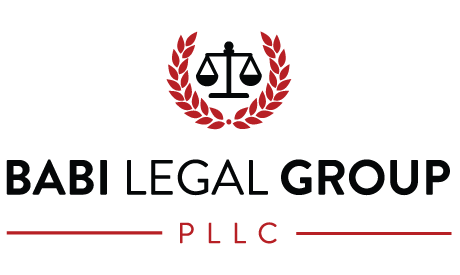What is a Vendor Lien?
When someone purchases real or personal property, they typically will do so either in cash, on a credit card or as part of a larger loan such as a mortgage. If a secured loan is used to finance the purchase price, then the actual property itself is used as collateral.
The most common example of this is a mortgage on real estate or a secured loan on a vehicle. Most people don’t have the financial means to purchase a home outright in cash. So, they turn to financial institutions to get a mortgage. The financial institution that provides the loan to the homeowner lends them the money needed to complete the purchase, takes a security interest against the home, and the borrower must pay back the money on a monthly basis in return.
Sometimes, though, borrowers can’t qualify for a traditional mortgage, so they look for alternative funding sources. In these situations, the seller may put a vendor’s lien on the property to protect the asset. Yet, vendor’s liens can also be used in other circumstances that involve personal property.
Below is a full explanation of what a vendor’s lien is, and how it works in a few different applications.
What’s a Vendor Lien?
Vendor’s liens serve as a claim for the seller on some type of personal property. The lien is a legal document that will give the seller the ability to repossess the property in question if certain conditions are met.
In most cases, the seller would try to repossess the personal property if the buyer doesn’t make payments according to the agreed-upon terms. If the seller does repossess the property, they would have a right to either hold onto it or sell it to someone else.
What Can Be Secured Through a Vendor Lien?
A vendor lien can technically be placed onto any personal property that’s being paid for by a loan. This could apply to real estate, an appliance for your house or a vehicle.
Each state has its own rules and regulations for what types of property may be secure through a vendor lien. Most commonly, though, they are applied to real estate, jewelers, storage facilities, vehicle repair shops, and financial institutions or banks.
In all of these cases, if the borrower or customer fails to make payment on the money they owe, the person or entity that holds the vendor lien will be able to repossess the property.
So, for example, if you fail to pay a repair bill on your car and the auto mechanic has a vendor lien on your vehicle, they’d be able to at least attempt to take possession of your vehicle.
What is the Purpose of a Vendor Lien?
The obvious answer is that a vendor lien is a tool that lenders of any kind can use to take back property if payment for that property isn’t made by the borrower. So, in the above case with the auto mechanic, the shop would be able to use the vehicle itself as leverage to dissuade the owner of the vehicle from not paying the bill.
But, a vendor lien goes much deeper than that. It prevents the borrower from either transferring the title or selling that property until they are able to clear the title. In this case, the seller will be the rightful owner of the property in question up until the borrower pays off the property completely.
How a Vendor Lien Works for Real Estate
Not every homeowner is able to qualify for a mortgage. When this happens, they may not have a lot of options for obtaining the necessary financing to pay for the home.
In some cases, the seller of the home would be willing to be the lender. Instead of the buyer using money they got from a mortgage company to pay for the home, they would make monthly payments directly to the seller to satisfy the sales price.
A contract would be drawn up that lays out the terms of the sale — just like a mortgage. In that contract would typically be a vendor lien, which would protect the seller’s interest.
It could technically prevent the buyer from selling the home again to another person before they fully pay off the loan. There might be language in the vendor lien, though, they would say this would be OK as long as the holding of the vendor lien approved of the sale.
The vendor lien would serve as the official document in this out-of-the-ordinary home sale transaction, and it would allow the seller to begin the foreclosure process if the buyer doesn’t make the scheduled payments or falls behind.
How a Vendor Lien Gets Discharged
After all payments are made in the contract, the borrower won’t owe any more money, and the vendor lien will be completely satisfied. Some contracts may include language that says the vendor lien will be automatically discharged when this happens.
Even so, it’s in the best interest of the borrower to get a signed, written document that serves as evidence that the borrower has satisfied the vendor lien and it’s paid off. That way, the holder of the vendor lien can’t make a claim to the property in the future.
This is very important to borrowers for another major reason — vendor liens will typically be reported on a borrower’s credit report. As such, the mere presence of a vendor lien could affect a borrower’s credit score for as long as it’s still on their record.
When the borrower is able to prove that they have satisfied the vendor lien and it gets discharged, it should be removed from their credit report as well, which will typically result in their credit score increasing.
Vendor liens can be rather complicated depending on the type of property you’re trying to secure. Since a vendor lien can be attached to a written contract agreed to by two private parties — and not a mortgage company, for instance — it’s important that if you’re entering into a contract that has one, you understand everything it means.


























































